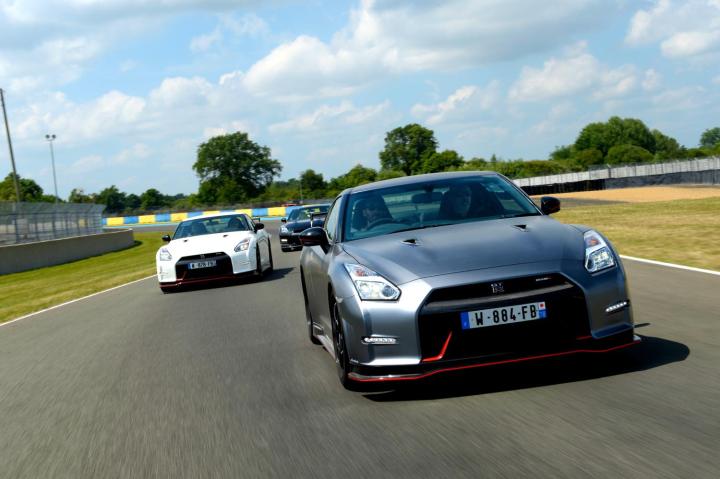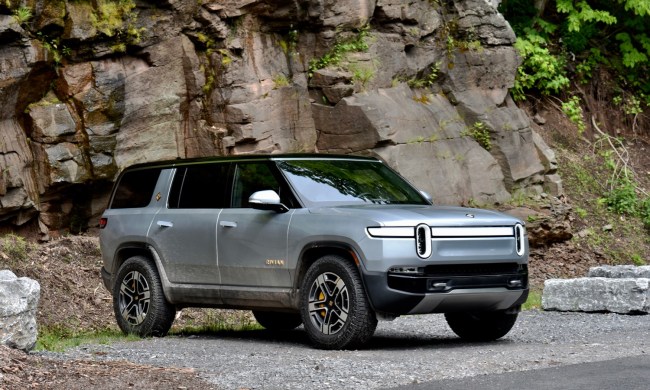
Rather than push an all-new model into showrooms, Nissan will focus on making its top performance car more upscale, current GT-R development boss Hiroshi Tamura told Top Gear. To achieve a more “premium” feel, things like ride quality, noise reduction, and interior materials will be prioritized, he said.
Tamura noted that there are two parts to the GT-R name, representing the two halves of the car’s personality. “GT” is the “blue zone” and “R” is the “red zone,” he said. While his predecessor concentrated more on the “red zone,” Tamura said he would try to emphasize both, creating a better balance between civility and performance.
All of this talk of colored “zones” may seem a bit alien, but the two aspects of the GT-R name should be recognizable to car fans. “GT” is short for “gran touring,” which generally denotes a performance car that’s at least somewhat luxurious, while “R” stands for racing. And the current GT-R really does live up to both parts: it’s performance is ferocious enough to earn the nickname “Godzilla,” but its relatively spacious interior and all-wheel drive also make it fairly comfortable and well mannered.
But Tamura believes the GT-R still needs a little help in the comfort department. He pointed to two special editions, the 2001 M-spec and 2010 Egoist, as indicators of his plans for the R35. They seem to focus mostly on upgrading the interior materials to make the GT-R feel more like a luxury car. Tamara suggested Nissan could build a “wolf in sheep’s skin.”
With a starting price of around $100,000, the GT-R’s relative lack of luxuries has always been puzzling to some. The fact that the GT-R can match the performance of car’s costing twice as much has always been its main selling point, not the quietness of its cabin or the premium feel of the materials that trim it.
But many car fans believe Nissan should move in the opposite direction. The GT-R has been criticized for being cold and distant, which would seem to indicate that Nissan should focus on increasing sensation, not dulling it in the name of luxury. Then there’s the question of how this shift in thinking will influence the next GT-R, which is still coming, eventually.


